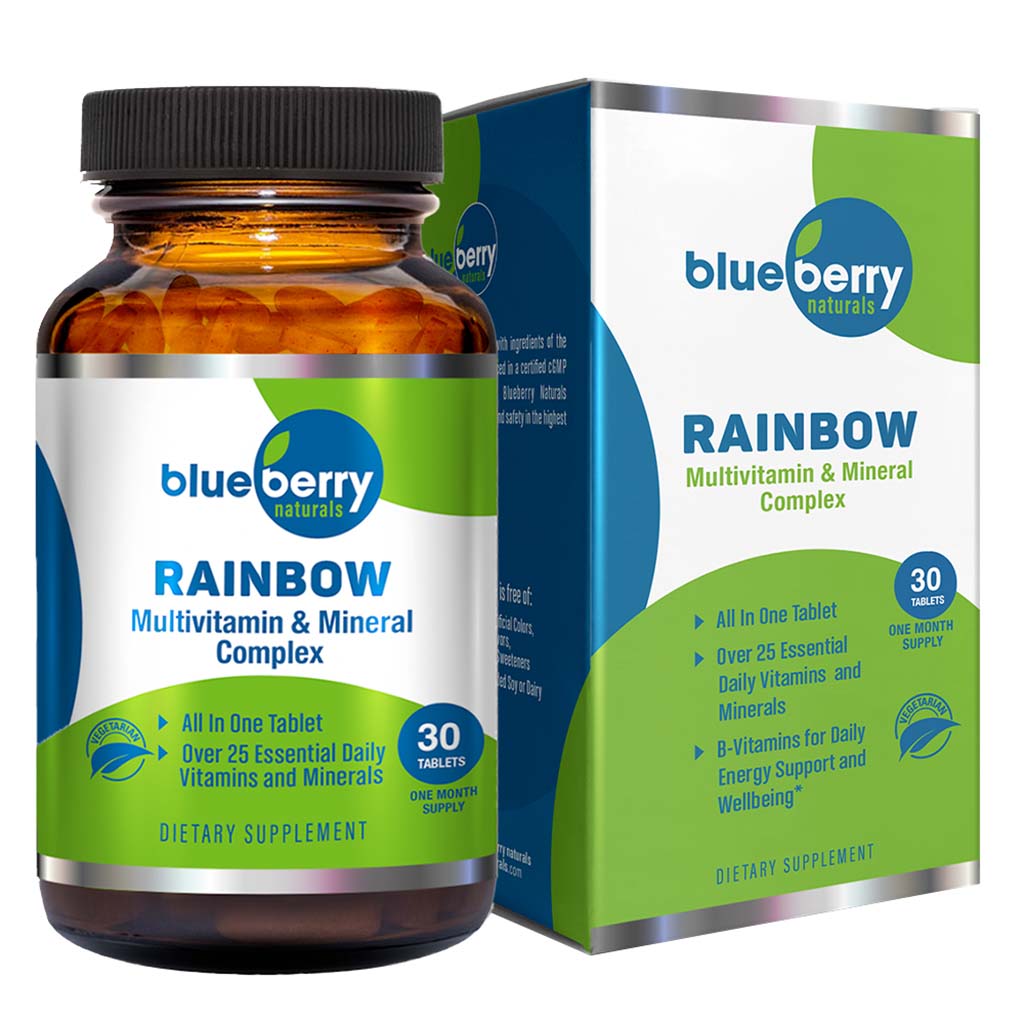Digital Healthcare Marketing: Transforming Patient Connections in a Connected World
This article explores the evolution of digital healthcare marketing, its critical components, challenges, and the immense opportunities it offers to providers seeking to enhance patient engagement and improve health outcomes.

In the modern era, where technology permeates almost every digital healthcare marketing aspect of daily life, the healthcare industry is undergoing a profound transformation. Digital healthcare marketing is at the forefront of this change, revolutionizing how providers connect with patients, deliver valuable health information, and build lasting relationships. As patients become more digitally savvy and demand more personalized, accessible care, healthcare organizations must adopt innovative digital marketing strategies to thrive.
This article explores the evolution of digital healthcare marketing, its critical components, challenges, and the immense opportunities it offers to providers seeking to enhance patient engagement and improve health outcomes.
In Richmond, VA, businesses seeking to thrive in the digital marketing agency richmond va era turn to local digital marketing agencies for expert guidance and proven strategies. A digital marketing agency in Richmond understands the unique dynamics of the local market, blending deep community knowledge with cutting-edge online marketing techniques.
The Evolution of Healthcare Marketing in a Digital Age
Historically, healthcare marketing relied heavily on traditional methods such as print advertisements, billboards, referrals, and word of mouth. While these channels remain important, the rise of digital technologies has reshaped the landscape. Today, healthcare consumers turn first to online searches, social media, and mobile apps to find information, assess providers, and make decisions about their health.
This shift demands a fresh approach. Digital healthcare marketing leverages technology to meet patients where they are — online, informed, and expecting immediate access to trustworthy information. It encompasses a broad range of strategies and tools designed to attract, educate, convert, and retain patients through digital channels.
Why Digital Healthcare Marketing Matters More Than Ever
1. Patients Are Online — Always
According to recent studies, over 80% of patients use the internet to research health conditions and providers before scheduling an appointment. Smartphones, tablets, and wearable devices mean that healthcare information is available at their fingertips 24/7.
2. Consumer Expectations Have Changed
Modern patients expect a seamless, personalized digital experience similar to what they encounter in other industries. They want easy online appointment scheduling, telehealth options, transparent pricing, and educational content tailored to their needs.
3. Competition Is Intensifying
Healthcare providers face growing competition from traditional clinics, urgent care centers, telemedicine services, and retail health brands. Digital marketing offers a competitive advantage by increasing visibility and building trust with prospective patients.
4. Data Enables Smarter Decisions
Digital marketing provides actionable data on patient behavior, preferences, and campaign performance. Providers can use this insight to continually refine their messaging and outreach efforts.
Core Components of Digital Healthcare Marketing
To effectively transform patient connections, healthcare marketing strategies must integrate multiple digital channels and techniques. Here’s a deep dive into the core components:
1. Search Engine Optimization (SEO) for Healthcare
SEO is critical to ensuring that patients can find your practice or facility when searching for medical care online. Healthcare SEO includes:
-
Keyword research: Identifying health-related search terms patients use.
-
On-page optimization: Crafting content, meta titles, and descriptions with relevant keywords.
-
Technical SEO: Ensuring fast load times, mobile-friendly design, and secure websites (HTTPS).
-
Local SEO: Optimizing for “near me” searches and local directories like Google My Business.
Ranking high on search engines means more organic traffic and qualified patient leads.
2. Pay-Per-Click (PPC) Advertising
PPC campaigns allow providers to reach target audiences quickly by placing ads on platforms such as Google Ads and Facebook. Benefits include:
-
Precise demographic and geographic targeting.
-
Immediate visibility.
-
Ability to promote specific services or offers.
-
Budget control and measurable ROI.
For example, a cardiology clinic can run PPC ads targeting users searching for “heart specialist near me” or “ECG test.”
3. Content Marketing
Healthcare consumers seek reliable information to make informed decisions. Content marketing helps establish a provider’s authority and builds trust by:
-
Publishing educational blog posts, articles, videos, and infographics.
-
Offering downloadable resources like eBooks or guides.
-
Sharing patient testimonials and success stories.
Well-crafted content nurtures leads by answering questions and alleviating concerns.
4. Social Media Marketing
Social media platforms such as Facebook, Instagram, LinkedIn, and Twitter enable providers to connect with patients on a personal level. Key tactics include:
-
Sharing health tips, updates, and patient stories.
-
Engaging in conversations and responding to patient inquiries.
-
Running paid campaigns to boost awareness or promote services.
-
Hosting live Q&A sessions or webinars.
Social media humanizes the brand and fosters a sense of community.
5. Email Marketing and Automation
Email remains one of the most effective channels for patient engagement. Providers can use it to:
-
Send appointment reminders.
-
Share newsletters with health tips.
-
Promote special events or screenings.
-
Provide personalized follow-ups.
Marketing automation tools enable timely, targeted campaigns based on patient behavior and preferences.
6. Telehealth and Mobile App Integration
With the surge in telemedicine, integrating digital marketing efforts with telehealth services is essential. Promoting virtual consultations and mobile app features helps expand access and convenience, driving patient satisfaction and loyalty.
7. Online Reputation Management
Patient reviews and ratings greatly influence healthcare decisions. Managing online reputation involves:
-
Encouraging satisfied patients to leave reviews.
-
Responding professionally to feedback.
-
Monitoring online mentions and ratings.
A positive digital reputation builds credibility and attracts new patients.
Overcoming Challenges in Digital Healthcare Marketing
While the benefits are significant, healthcare marketing faces unique challenges:
1. Compliance with Regulations
Healthcare marketing must comply with strict laws such as HIPAA (Health Insurance Portability and Accountability Act) in the U.S. to protect patient privacy. Agencies must ensure that campaigns do not disclose sensitive information or make misleading claims.
2. Building Trust in a Sensitive Industry
Patients are cautious when it comes to health information. Marketing must balance promotion with empathy and education to establish genuine trust.
3. Complex Buyer Journey
Healthcare decisions often involve multiple stages — awareness, research, consultation, treatment, and follow-up. Digital marketing must cater to each stage with appropriate messaging.
4. Integrating Offline and Online Efforts
Successful campaigns blend digital marketing with traditional outreach, such as in-clinic materials and community events, for a holistic patient experience.
Measuring Success: KPIs and Analytics in Healthcare Marketing
To maximize impact, healthcare marketers track key performance indicators (KPIs) such as:
-
Website traffic and bounce rates.
-
Search engine rankings.
-
Click-through rates (CTR) and cost per click (CPC).
-
Appointment bookings and conversion rates.
-
Patient retention and satisfaction scores.
-
Social media engagement metrics.
Advanced analytics and CRM integration help attribute patient acquisition to specific campaigns and optimize marketing spend.
The Role of Emerging Technologies in Digital Healthcare Marketing
1. Artificial Intelligence (AI) and Machine Learning
AI-powered tools personalize content recommendations, automate chatbots, and analyze patient data for smarter targeting.
2. Voice Search Optimization
With the rise of voice assistants like Alexa and Siri, optimizing for voice search is crucial for healthcare queries.
3. Augmented Reality (AR) and Virtual Reality (VR)
These technologies create immersive patient education experiences and virtual tours of facilities.
4. Blockchain for Data Security
Blockchain technology enhances security and trust in managing patient data.
Case Study: Transforming Patient Engagement Through Digital Marketing
Consider a mid-sized multispecialty clinic that revamped its digital marketing strategy:
-
Implemented SEO best practices, increasing organic traffic by 55%.
-
Launched targeted PPC campaigns, resulting in a 40% increase in appointment requests.
-
Created educational video content, boosting social media engagement by 70%.
-
Automated email follow-ups, improving patient retention by 30%.
The combined digital efforts transformed the clinic’s patient acquisition and retention, driving sustainable growth.
Conclusion: Embracing the Future of Healthcare Marketing
Digital healthcare marketing is no longer optional — it’s essential for connecting with today’s digitally empowered patients. By adopting a multi-channel, patient-centric approach, healthcare providers can build trust, improve access, and enhance health outcomes.
As technology evolves, so will the tools and tactics available to marketers. Providers who invest in digital strategies today will lead in the healthcare landscape of tomorrow — delivering compassionate, convenient, and connected care that meets patients where they are.








































































































![Building A Digital PR Strategy: 10 Essential Steps for Beginners [With Examples]](https://buzzsumo.com/wp-content/uploads/2023/09/Building-A-Digital-PR-Strategy-10-Essential-Steps-for-Beginners-With-Examples-bblog-masthead.jpg)

















































